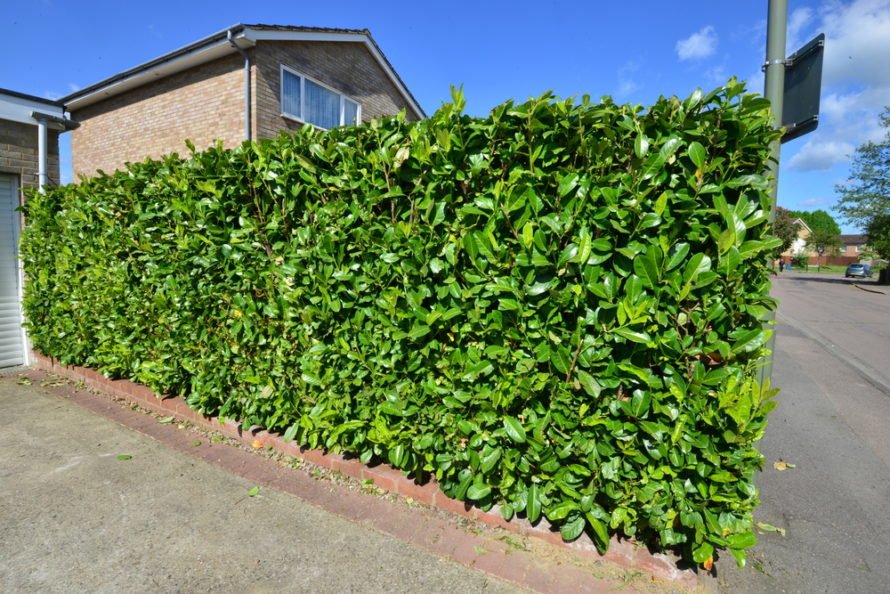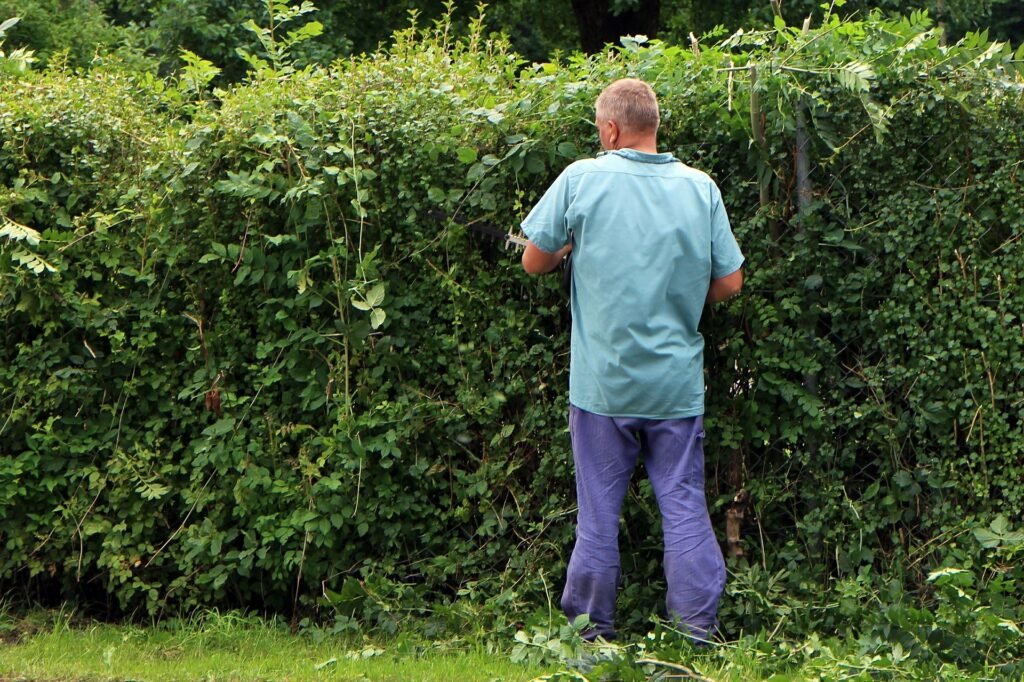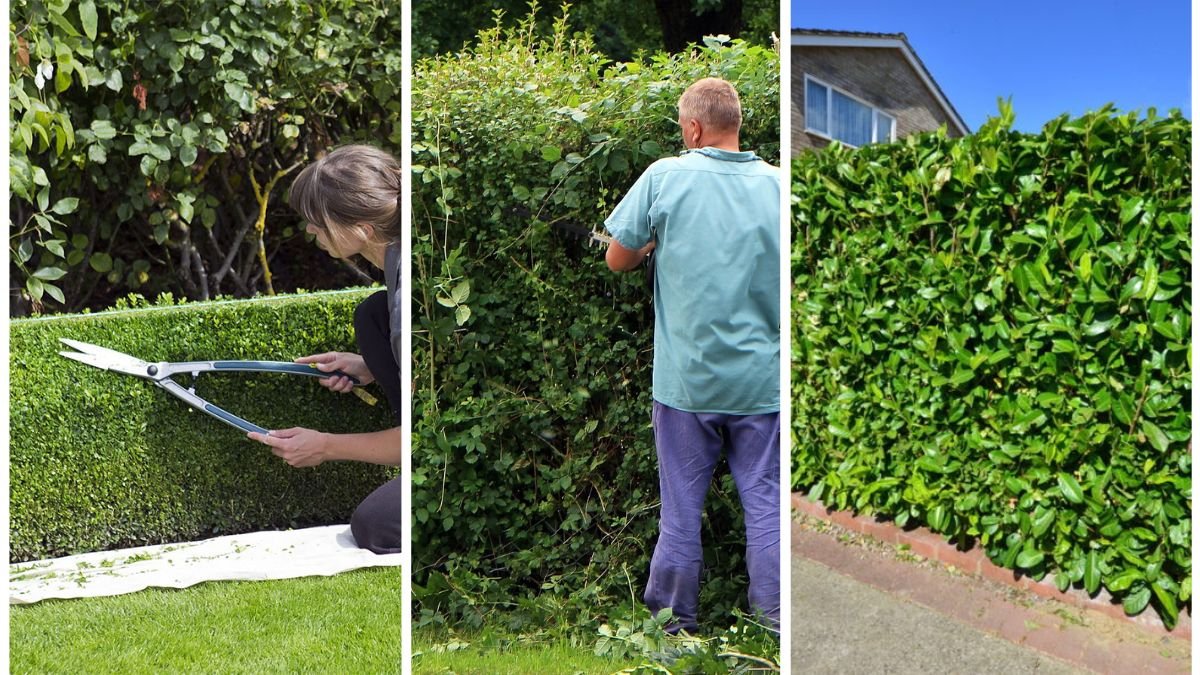Hedges are a beautiful addition to any garden. They provide privacy, enhance aesthetics, and act as natural boundaries. However, when your neighbor’s hedges grow unchecked and start encroaching on your property, blocking sunlight, or affecting your view, it can become a source of tension. Addressing this issue diplomatically ensures that your relationship with your neighbor remains positive while maintaining your property’s comfort and safety.
This article explores five effective and diplomatic strategies for asking a neighbor to trim their hedges, along with practical tips for communication, legal considerations, and maintaining harmony in your community.
Understanding Hedge-Related Disputes

Before approaching your neighbor, it’s important to understand why hedge issues occur:
- Overgrowth – Hedges that grow beyond property lines can block sunlight, view, or airflow.
- Maintenance Neglect – Busy schedules, lack of gardening knowledge, or physical limitations may prevent a neighbor from regular trimming.
- Property Damage – Overgrown roots or branches can damage fences, patios, or pathways.
- Aesthetic Concerns – Tall or dense hedges may affect your garden’s visual appeal.
Recognizing these factors helps in framing your conversation with empathy and understanding.
1. Approach With Friendly Conversation

A casual, friendly approach is often the most effective first step. The goal is to raise awareness without confrontation.
How to Approach:
- Choose a calm time to talk, ideally when your neighbor is free and relaxed.
- Begin with a positive comment, such as complimenting their garden.
- Use “I” statements: “I’ve noticed the hedge is starting to block sunlight in my garden. Would you mind trimming it a bit?”
- Listen to their perspective and concerns.
Benefits: This approach minimizes defensiveness and opens the door for cooperation.
Tip: Avoid discussing the issue over text or email as tone can be misinterpreted.
2. Suggest a Joint Gardening Effort
If your neighbor enjoys gardening or is open to collaboration, proposing a joint hedge-trimming session can be a constructive solution.
How to Implement:
- Offer to provide tools, labor, or refreshments.
- Frame it as a fun, collaborative project: “How about we trim the hedge together this weekend? It’ll make both our gardens look amazing.”
- Use this opportunity to strengthen neighborly relations while addressing the issue.
Benefits: Shared effort reduces workload, fosters community, and ensures the hedge is trimmed to a mutually agreeable standard.
Tip: Even if your neighbor cannot participate actively, offering assistance shows goodwill and may encourage action.
3. Present Practical Solutions

Sometimes, neighbors are unaware of the inconvenience caused by overgrown hedges. Offering practical solutions helps them act without feeling criticized.
Suggested Solutions:
- Hire a Professional – Offer to share the cost of a gardener or arborist if the hedge is large or difficult to manage.
- Provide Tools – Suggest or lend proper hedge-trimming tools.
- Set a Schedule – Propose a mutually convenient trimming schedule, such as twice a year.
Benefits: Providing actionable solutions reduces excuses and makes it easier for your neighbor to comply.
Tip: Avoid imposing deadlines or ultimatums, as they may lead to tension.
4. Reference Local Guidelines or Community Rules

In some cases, neighbors respond better when concerns are framed within legal or community guidelines. This is especially relevant in HOA communities or areas with local ordinances regarding hedge height and property boundaries.
How to Use Guidelines Diplomatically:
- Politely mention relevant rules: “I checked our local regulations, and hedges should be trimmed to maintain a 2-meter boundary. Could we work on trimming ours?”
- Provide printed copies or links to local regulations if needed.
- Avoid threatening or confrontational language; frame it as sharing information.
Benefits: Using neutral, official references shifts the focus from personal criticism to objective standards.
Tip: Ensure the information is accurate and relevant to your property to avoid unnecessary conflict.
5. Use Written Communication Carefully
If direct conversation isn’t possible or hasn’t worked, a polite written note can be an effective alternative.
Tips for Writing a Diplomatic Note:
- Start with a friendly greeting.
- Clearly explain the issue: “The hedge along our boundary has grown quite tall and is affecting sunlight in my garden.”
- Suggest solutions: “Would you be open to trimming it this weekend or hiring a gardener?”
- End positively, expressing your desire to maintain a good neighborly relationship.
Benefits: Written communication allows your neighbor time to consider the request calmly without immediate pressure.
Tip: Keep the tone friendly and constructive; avoid using threatening or accusatory language.
Legal Considerations

While diplomacy is usually sufficient, it’s important to understand your legal rights regarding boundary hedges:
- Property Lines – Hedges encroaching onto your property may give you the right to trim branches up to the property line, but avoid damaging the roots or trunk.
- Neighbor Consent – Always inform neighbors before trimming to prevent disputes.
- Height Limits – Some municipalities have regulations on hedge height; exceeding limits may require trimming.
- Liability – You may be responsible for damage if you trim the hedge improperly.
Tip: Consult local property laws or HOA guidelines to ensure any action is within your legal rights.
Maintaining Long-Term Harmony
Resolving hedge disputes isn’t just about trimming; it’s about sustaining a positive neighborly relationship.
Strategies for Long-Term Harmony:
- Schedule regular check-ins about garden maintenance.
- Offer occasional assistance with heavy pruning or seasonal work.
- Maintain open communication to address issues before they escalate.
- Celebrate successes together, such as joint garden improvements or seasonal landscaping.
Benefits: A proactive and cooperative approach prevents future disputes and fosters a supportive community.
Conclusion
Hedge disputes can create tension, but approaching them diplomatically ensures both parties’ needs are met without damaging neighborly relationships. The five effective strategies are:
- Friendly Conversation – Start with empathy and politeness.
- Joint Gardening Effort – Collaborate to share labor and results.
- Present Practical Solutions – Offer tools, schedules, or professional assistance.
- Reference Guidelines or Rules – Use neutral legal or HOA standards.
- Written Communication – Send a polite note if conversation isn’t possible.
Combining diplomacy, practical solutions, and legal awareness helps homeowners address hedge overgrowth calmly and effectively. Maintaining open communication and showing respect for your neighbor’s perspective ensures your garden remains enjoyable while fostering positive relationships in your community.
By handling hedge disputes thoughtfully, you not only protect your property but also strengthen neighborly bonds, turning potential conflicts into opportunities for cooperation and shared care of your gardens.
